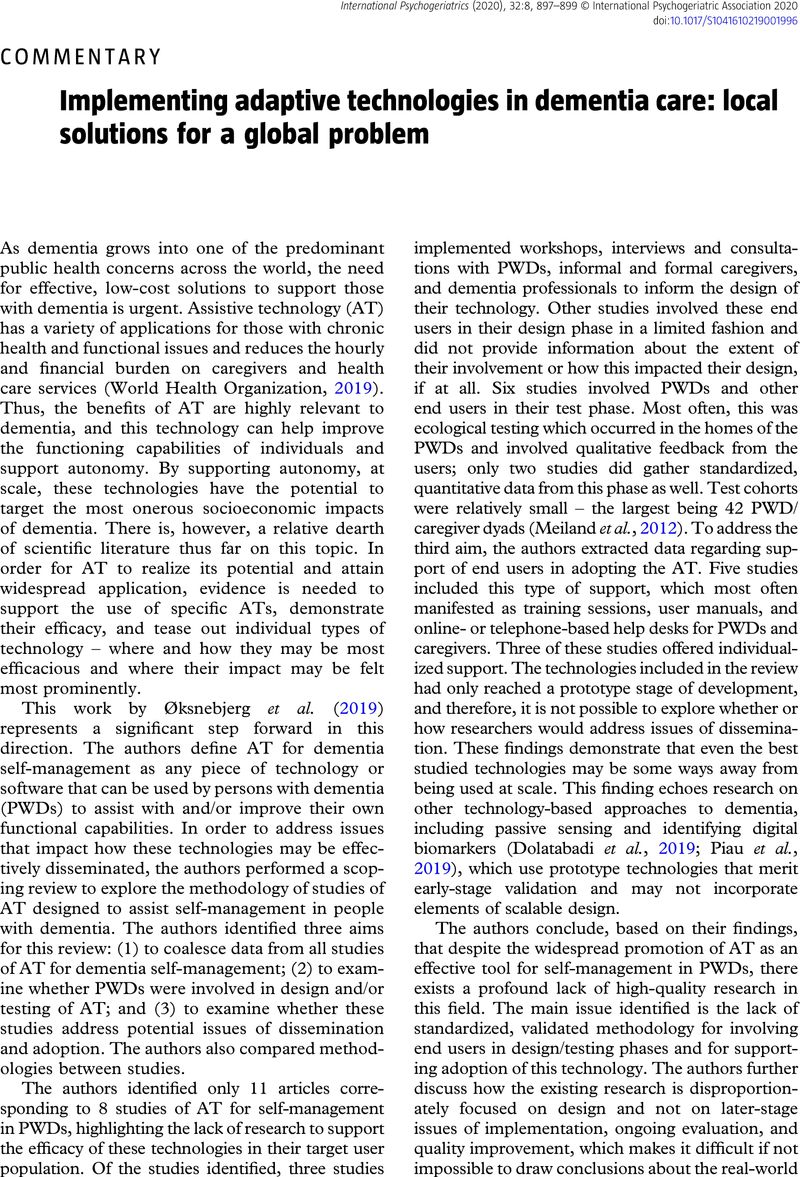Crossref Citations
This article has been cited by the following publications. This list is generated based on data provided by Crossref.
Moyle, Wendy
Spencer, Melinda
Qi, Meiling
Li, Na
and
Pu, Lihui
2025.
Telephone and online support programs and assistive technologies that support informal carers of people living with young-onset dementia: A systematic review.
Dementia,



